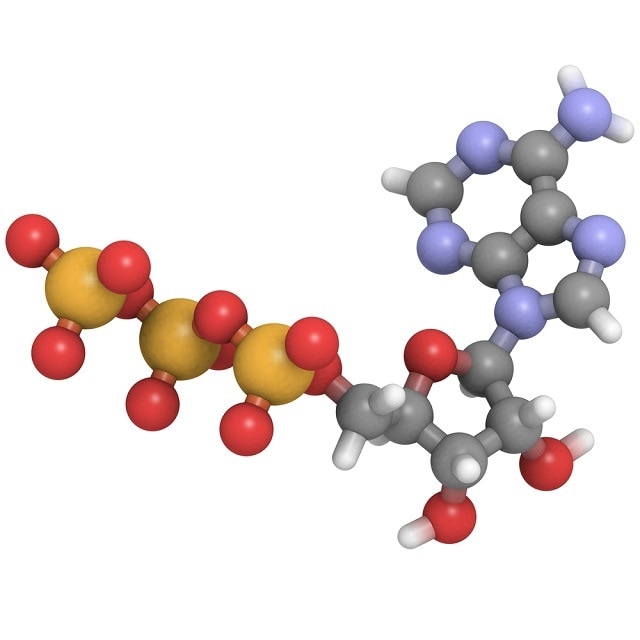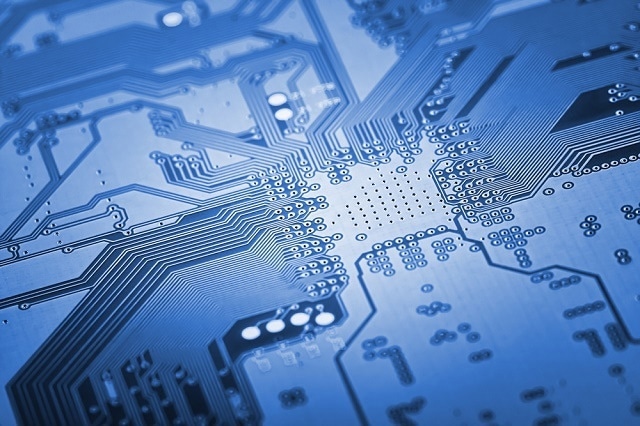
Image Credits: molekuul_be/shutterstock.com
Machines running on human energy? Yes, it can happen, according to Dan Nicolau, Jr. from the Department of Integrative Biology at the University of California. Nicolau and his colleagues successfully completed a proof-of-concept study of a book-sized computer that runs on adenosine triphosphate (ATP), a biochemical that releases energy in cells and aids in energy transfer.
The study results published in the Proceedings of the National Academy of Sciences (PNAS), describe the combination of geometrical modeling and engineering as well as nanotechnology to create circuitry that uses 1.5 x 1.5 cm in area and the naturally occurring protein to operate.
A More Sustainable Option
Other than the mere presence of a human energy source in a machine, an astounding aspect of the device is how, as opposed to electrical energy that produces heat, the biological agent powering this new computer enables it to remain cool and energy efficient, making it more sustainable.
Within the computer’s circuitry are channels where proteins move powered by the ATP. In traditional circuits, a microchip contains electrons that flow via electrical energy, setting up a cycle where energy is used to heat up a device and then more is needed to cool it down. This cycle itself represents some degree of wear and tear.
The new computer was, like modern computers, able to solve complex combinatorial mathematical problems, albeit without the same level of full functionality of typical computers. To increase its capabilities, the team is pursuing the idea of a hybrid model whereby some degree of traditional architecture is combined with circuitry powered by something found in nature.
A Hybrid Approach
Ken Shepard, Professor of Engineering at Columbia University in New York developed a new power system by combining a conventional solid-state complementary metal-oxide-semiconductor (CMOS) integrated circuit with an artificial lipid bilayer membrane containing ATP-powered ion pumps. In the presence of ATP, ions move across a membrane to generate a charge that powers the circuit.
The work at UC Berkeley and at Columbia center around a common field of endeavor: assessing the intersection of the biological and artificial worlds to harness the best of both worlds. Both groups are working at the molecular level. For example, Dr. Shepard is isolating what parts of the cell are most suited to electronics and vice versa.
Scientists are looking at cells’ use of their own “electronics”, whether it be lipid membranes and ion channels and pumps, to see which buttons and levers in the body could be incorporated with what is known about solid-state components that use electrons and electric signaling to come up with novel hybrid machines.

Image Credits: Raimundas/shutterstock.com
The Initial Energy Source
ATP is being focused on as an initial energy source for these hybrids, because much is known about its activity in the body. Combining oxygen, carbon, and three phosphorous chains, ATP is behind many energy reactions. The oxygen molecules have a negative charge and represent energy in their search for positive ones.
Further, with the removal of one phosphate group, ATP becomes adenosine diphosphate (ADP), an action that releases energy as well. However, food energy also converts ADP back into ATP in the cells’ mitochondria, ensuring ATP is always present.
ATP has been a focus for scientists due to its power and versatility in the human body. Summarized, the main energy processes ATP is involved with are:
- by way of concentration gradients, the transport of molecules and ions across cell membranes;
- the motion of cells that goes along with the contraction of muscle fibers and other fibers; and
- the synthesis of chemical and other energy-related compounds.
Though ATP is a natural focus, Nicolau stated that he envisions other scientists experimenting with other biological agents.
Sources and Further Reading
Disclaimer: The views expressed here are those of the author expressed in their private capacity and do not necessarily represent the views of AZoM.com Limited T/A AZoNetwork the owner and operator of this website. This disclaimer forms part of the Terms and conditions of use of this website.